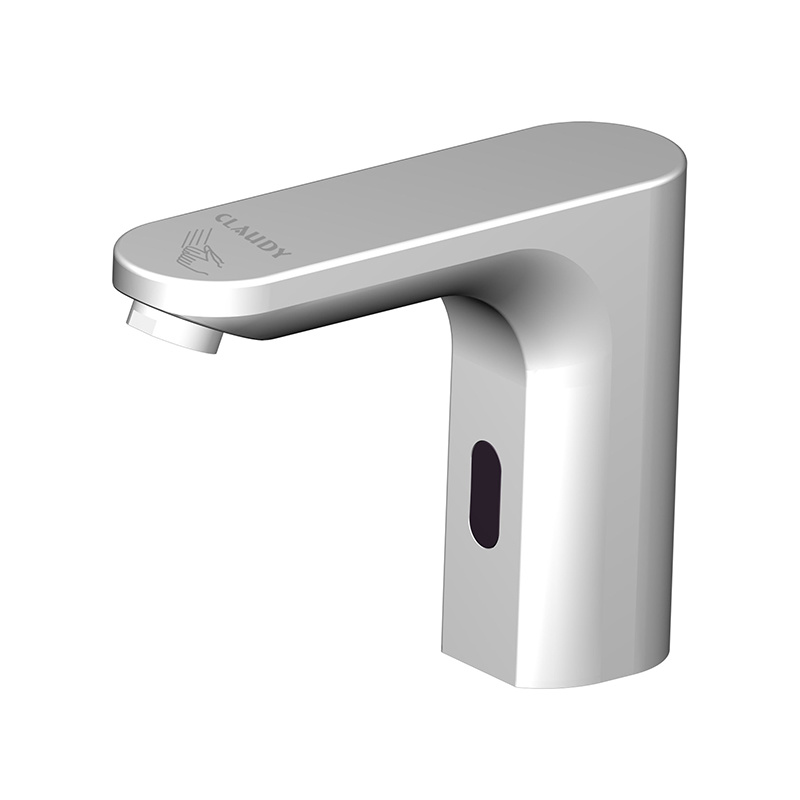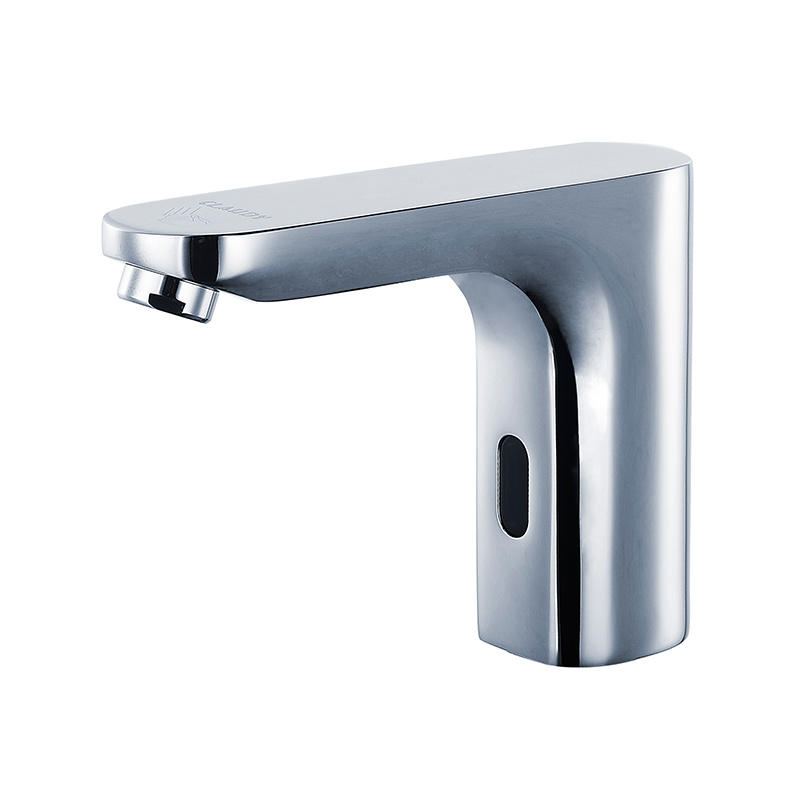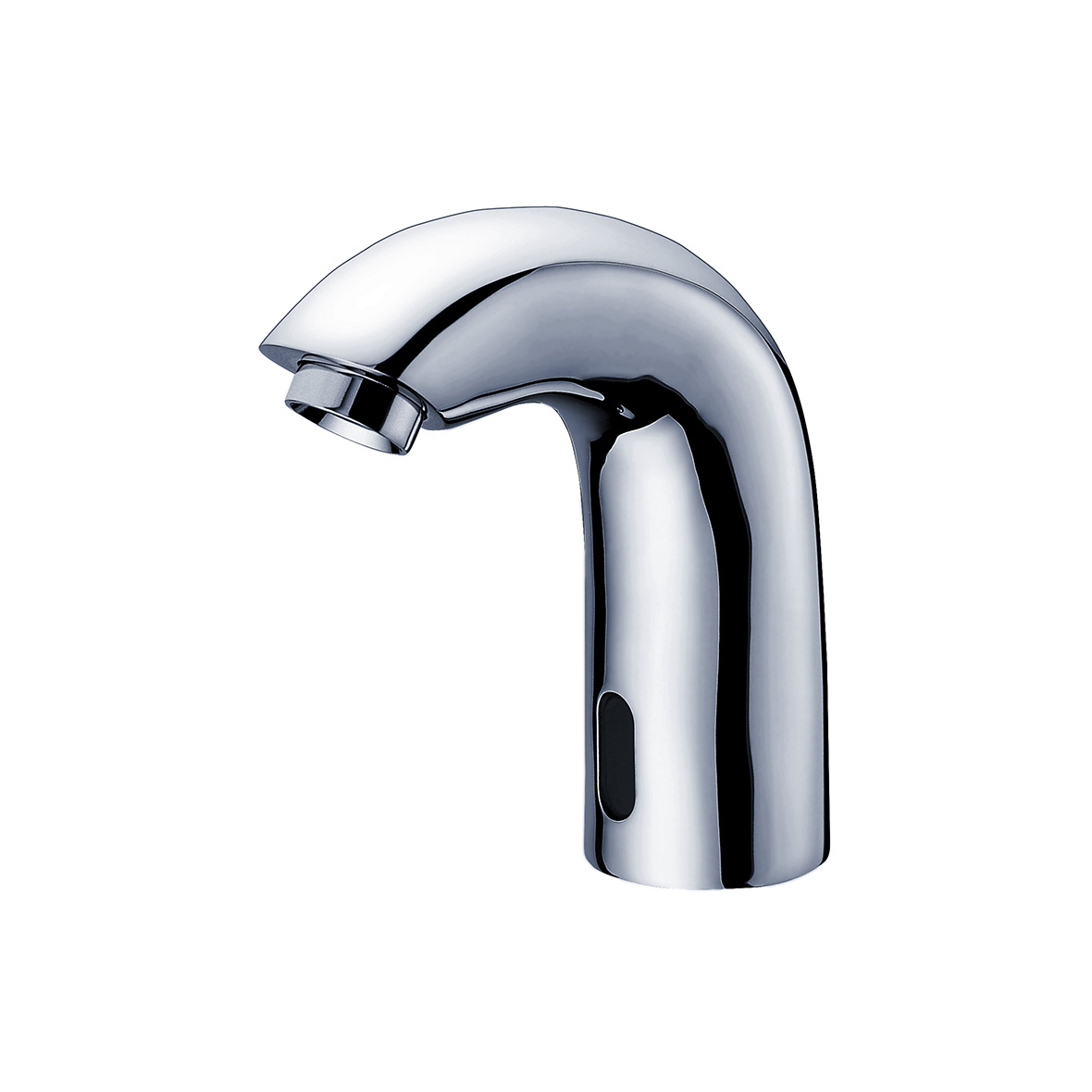language
English
العربية
বাংলাদেশ
Български
Hrvatski
Česky
Dansk
Nederland
 Esperanto
Esperanto
Slovenski
Filipino
Suomi
Français
Maori
 Shqiptare
Shqiptare
Georgian
 Euskara
Euskara
Deutsch
Ελλάδα
ישראל
इंडिया
Magyarország
Ísland
Indonesia
Irlanda
Italia
日本語
Sovensko
Հայաստան
한국
Kyrgyz
ປະເທດລາວ
 Zulu
Zulu
Latvian
Lithuanian
Luxembourgish
 Latinus
Latinus
Macedonian
Малайская
Maltese
Монгол улс
 Cymraeg
Cymraeg
ဗမာ
 தமிழ்
தமிழ்
नेपाल
Norge
ایران
Polska
Portugal
România
Российская
Србија
 Slovak
Slovak
Србија
 Slovak
Slovak
Bosanski
Slovenian
Беларус
España
Sverige
Точик
ประเทศไทย
Türk
Azərbaycan
Uzbek
 Afrikaans
Afrikaans
Việt Nam
The Future of Hygiene: Exploring Wall Mounted Sensor Faucets
Time:
2025-01-22
In recent years, wall mounted sensor faucets have emerged as a prominent feature in the realm of consumer electronics, specifically within the bathroom fixture market. These faucets are equipped with motion sensors that automatically activate the flow of water, offering numerous benefits that cater to both hygiene and convenience.
One of the key advantages of wall mounted sensor faucets is their ability to minimize contact. Traditional faucets require manual handling, which can lead to the transfer of germs and bacteria. With a sensor faucet, users can simply place their hands beneath the spout to receive water, reducing the risk of contamination. This is particularly beneficial in public restrooms and high-traffic areas, where hygiene is paramount.
From a technical perspective, wall mounted sensor faucets utilize infrared technology or ultrasonic sensing to detect motion. When a user’s hands come within range of the sensor, the faucet activates automatically, delivering a precise amount of water. This not only conserves water but also enhances the overall user experience by providing a seamless flow. Many models also feature adjustable sensor sensitivity and water temperature settings, allowing for further customization to meet user preferences.
When considering the installation of a wall mounted sensor faucet, it is important to assess the plumbing requirements and ensure compatibility with existing water supply lines. Additionally, the placement of the faucet should be strategic, taking into account the height and reach for various users, including children and individuals with disabilities. Proper installation can optimize functionality and ensure long-term performance.
In terms of maintenance, wall mounted sensor faucets generally require less upkeep compared to traditional faucets. Many are designed with touchless technology that prevents the accumulation of grime and mineral deposits. Regular cleaning with non-abrasive solutions will keep the fixture looking new and functioning correctly. Furthermore, some models come with battery backups or hardwiring options, allowing for flexibility in installation and use, mitigated by the risk of being affected by power outages.
In conclusion, wall mounted sensor faucets represent a significant advancement in bathroom technology, combining convenience, hygiene, and modern design. As consumers increasingly prioritize health and efficiency in their daily lives, these innovative fixtures stand out as essential components of contemporary bathrooms. Whether for residential or commercial applications, integrating wall mounted sensor faucets can elevate the overall experience and promote a cleaner, more efficient environment.
One of the key advantages of wall mounted sensor faucets is their ability to minimize contact. Traditional faucets require manual handling, which can lead to the transfer of germs and bacteria. With a sensor faucet, users can simply place their hands beneath the spout to receive water, reducing the risk of contamination. This is particularly beneficial in public restrooms and high-traffic areas, where hygiene is paramount.
From a technical perspective, wall mounted sensor faucets utilize infrared technology or ultrasonic sensing to detect motion. When a user’s hands come within range of the sensor, the faucet activates automatically, delivering a precise amount of water. This not only conserves water but also enhances the overall user experience by providing a seamless flow. Many models also feature adjustable sensor sensitivity and water temperature settings, allowing for further customization to meet user preferences.
When considering the installation of a wall mounted sensor faucet, it is important to assess the plumbing requirements and ensure compatibility with existing water supply lines. Additionally, the placement of the faucet should be strategic, taking into account the height and reach for various users, including children and individuals with disabilities. Proper installation can optimize functionality and ensure long-term performance.
In terms of maintenance, wall mounted sensor faucets generally require less upkeep compared to traditional faucets. Many are designed with touchless technology that prevents the accumulation of grime and mineral deposits. Regular cleaning with non-abrasive solutions will keep the fixture looking new and functioning correctly. Furthermore, some models come with battery backups or hardwiring options, allowing for flexibility in installation and use, mitigated by the risk of being affected by power outages.
In conclusion, wall mounted sensor faucets represent a significant advancement in bathroom technology, combining convenience, hygiene, and modern design. As consumers increasingly prioritize health and efficiency in their daily lives, these innovative fixtures stand out as essential components of contemporary bathrooms. Whether for residential or commercial applications, integrating wall mounted sensor faucets can elevate the overall experience and promote a cleaner, more efficient environment.






